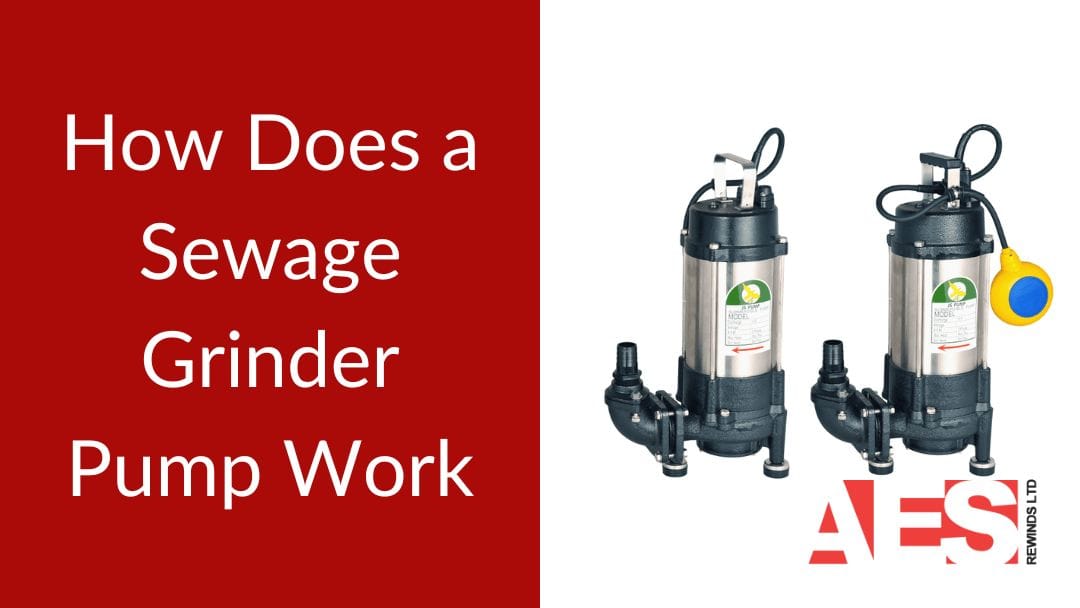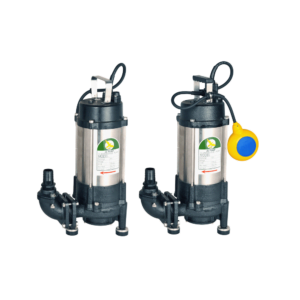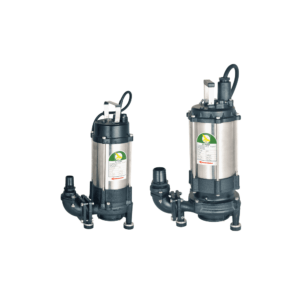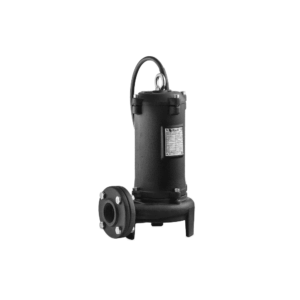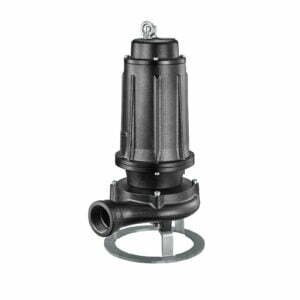You’ve probably never given much thought to how wastewater leaves your home, but if you live in a challenging location with uphill terrain or long distances to the main sewer line, you’ll need more than gravity to get the job done. That’s where sewage grinder pumps come in—they’re the unsung heroes that tackle tough waste transport situations. Understanding how these powerful systems work can save you from costly plumbing nightmares down the line.
What Is a Sewage Grinder Pump
When your home sits below the municipal sewer line or you’re dealing with challenging wastewater transport, a sewage grinder pump becomes your reliable solution for moving waste uphill. Unlike standard sewage pumps, a grinder pump features a specialised cutting mechanism that breaks down solid waste materials into fine particles. This grinding action allows the pump to push wastewater through narrow pipes and over long distances with impressive pressure.
You’ll find these pumps essential when gravity can’t do the heavy lifting. They’re designed to manage everything from toilet paper to organic waste, preventing those dreaded backups and contamination issues. The high-pressure system guarantees your wastewater reaches the municipal sewer system efficiently, making grinder pumps indispensable for homes in challenging locations. These versatile systems serve both domestic and industrial applications, making them suitable for residential homes as well as larger commercial facilities.
Recommended products
JS GS Grinder Sewage Submersible Pumps
From £627.47JS GST Grinder Sewage Submersible Pumps
From £627.47Oliju SGR Sewage Grinder Submersible Pumps
From £654.56Pentax DTR Submersible High Head Sewage Grinder Pumps
From £888.29
Key Components of Grinder Pump Systems
Three essential components work together to make your grinder pump system function reliably: the motor-driven cutting mechanism, the underground holding tank, and the automatic control system.
- Motor-driven cutter mechanism – Made from durable stainless steel, this high-speed cutting system breaks down solid waste into fine slurry that won’t clog your discharge pipes.
- Underground holding tank – Constructed from fiberglass, HDPE, or FRP materials, your holding tank sits buried below the frost line to collect wastewater before processing.
- Automatic control system – Level sensors or float switches monitor wastewater levels in your holding tank, automatically activating your grinder pump when it’s time to process and discharge the contents.
These components guarantee your system operates efficiently without manual intervention. Grinder pumps are particularly effective for properties with high wastewater demands, as their rotating blades pulverise solids to prevent clogs that could otherwise disrupt your entire waste management system.
Step-by-Step Operation Process
As wastewater enters your grinder pump’s holding tank from toilets, sinks, and other fixtures, the system begins a carefully orchestrated sequence that transforms raw sewage into manageable effluent. When the liquid level reaches a predetermined point, float switches activate the electric motor.
The grinder springs into action, spinning its sharp cutting blades at high speed to pulverise solid waste materials into tiny particles. This grinding process continues until everything becomes a smooth slurry that flows easily through pipes.
Once the waste is properly macerated, the pump mechanism engages to force the liquefied effluent up through the discharge line towards your septic system or municipal sewer connection. Modern pumps incorporate sensors that monitor pressure and flow, automatically shutting down when the tank empties completely.
Unlike standard sewage pumps that handle larger solids, grinder pumps specifically break down waste materials into fine particles, making them essential for properties where raw sewage needs processing before transport to higher elevation discharge points.
Applications and Benefits of Grinder Pumps
Understanding how your grinder pump operates helps you appreciate why these systems have become so popular across various residential and commercial settings. When your building sits below the public sewer, grinder pumps prevent wastewater backup and contamination by generating the necessary pressure to move effluent upwards. They’re particularly valuable in a pressure sewer system where gravity can’t do the heavy lifting.
Lower-level installations – Moving wastewater from cellars, utility rooms, or lower ground floor WCs to street-level sewers
Remote locations – Transporting waste over longer distances to reach public systems
Commercial facilities – Handling higher volumes and challenging waste compositions
New developments – Essential for properties built below existing sewer infrastructure
These systems ensure your wastewater reaches treatment facilities safely, protecting both your property and the environment from potential contamination issues. Like multistage pumps used in water systems, grinder pumps utilise multiple stages to increase pressure and ensure efficient flow rates for moving waste upwards against gravity.
Maintenance Requirements and Best Practices
While grinder pumps don’t demand extensive preventive maintenance like other mechanical systems, you’ll want to follow several key practices to keep yours running smoothly for years to come. The most important rule? Be mindful of what goes down your drains. Avoid flushing wet wipes, sanitary products, or excessive amounts of grease, as these can clog your system or cause float switch problems.
Grease buildup is particularly troublesome since it can prevent your pump from turning on or off properly. Beyond watching what enters your system, ensure proper installation from the start—your holding tank should be buried below the frost line for reliable winter operation. Like other pumping systems, consider installing backup systems to enhance protection during power cuts and prevent potential flooding issues.
Regular professional servicing every 12-18 months will help identify potential issues before they become costly problems. This should include checking motor performance, inspecting seals and gaskets, and testing the control system.
Frequently Asked Questions
What Is the Life Expectancy of a Sewer Grinder Pump?
Your sewer grinder pump’s life expectancy typically ranges from 7-10 years with proper maintenance. However, you’ll achieve a maximum lifespan of up to 15 years if you avoid flushing non-flushable items and maintain it well.
What Are the Disadvantages of a Grinder Pump?
You’ll face higher energy costs, frequent maintenance needs, and noise issues with grinder pumps. They’re expensive to install, break down more often than traditional pumps, and they’re sensitive to improper flushing habits.
Can you flush toilet paper with a grinder pump?
You can flush toilet paper with a grinder pump since it’s designed to break down solids. However, you should limit quantities and avoid thick varieties to prevent overloading the grinding mechanism and ensure proper operation.
How Do I Know if My Grinder Pump Is Working?
You’ll know your grinder pump is working if you hear it cycling on and off normally, wastewater drains properly from fixtures, there’s no sewage backup, and the alarm light isn’t flashing on your control panel.
Conclusion
You’ve now got a solid understanding of how sewage grinder pumps work and why they’re essential for many homes and businesses. These reliable systems handle the tough job of processing wastewater efficiently, whether you’re dealing with basement bathrooms or remote locations. With proper maintenance and care, your grinder pump will provide years of dependable service, keeping your plumbing flowing smoothly without the headaches of constant clogs or back-ups.
Need Expert Advice on Grinder Pumps?
If you have questions about sewage grinder pumps, need assistance with installation, or require professional maintenance and repair services, AES Rewinds is here to help. Our experienced team understands the unique challenges of UK installations and can provide expert guidance tailored to your specific requirements.
Whether you’re dealing with a pump failure, planning a new installation, or simply want to ensure your system is operating at peak efficiency, don’t hesitate to get in touch.
Our team are ready to provide professional advice and solutions for all your grinder pump needs.

